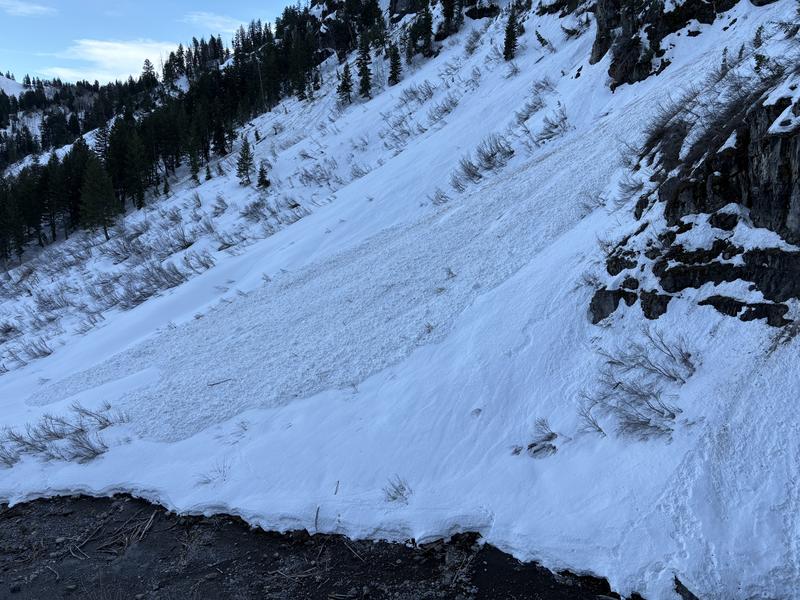Forecast for the Skyline Area Mountains

Issued by Brett Kobernik on
Thursday morning, April 10, 2025
Thursday morning, April 10, 2025

The danger of wet snow avalanches is increasing a bit with continued warming.
The easy way to stay out of trouble is to avoid being on or below steep slopes during the heat of the day.
Red flags are overly wet and sloppy snow and punching deep into unconsolidated wet snow.

Low
Moderate
Considerable
High
Extreme
Learn how to read the forecast here










